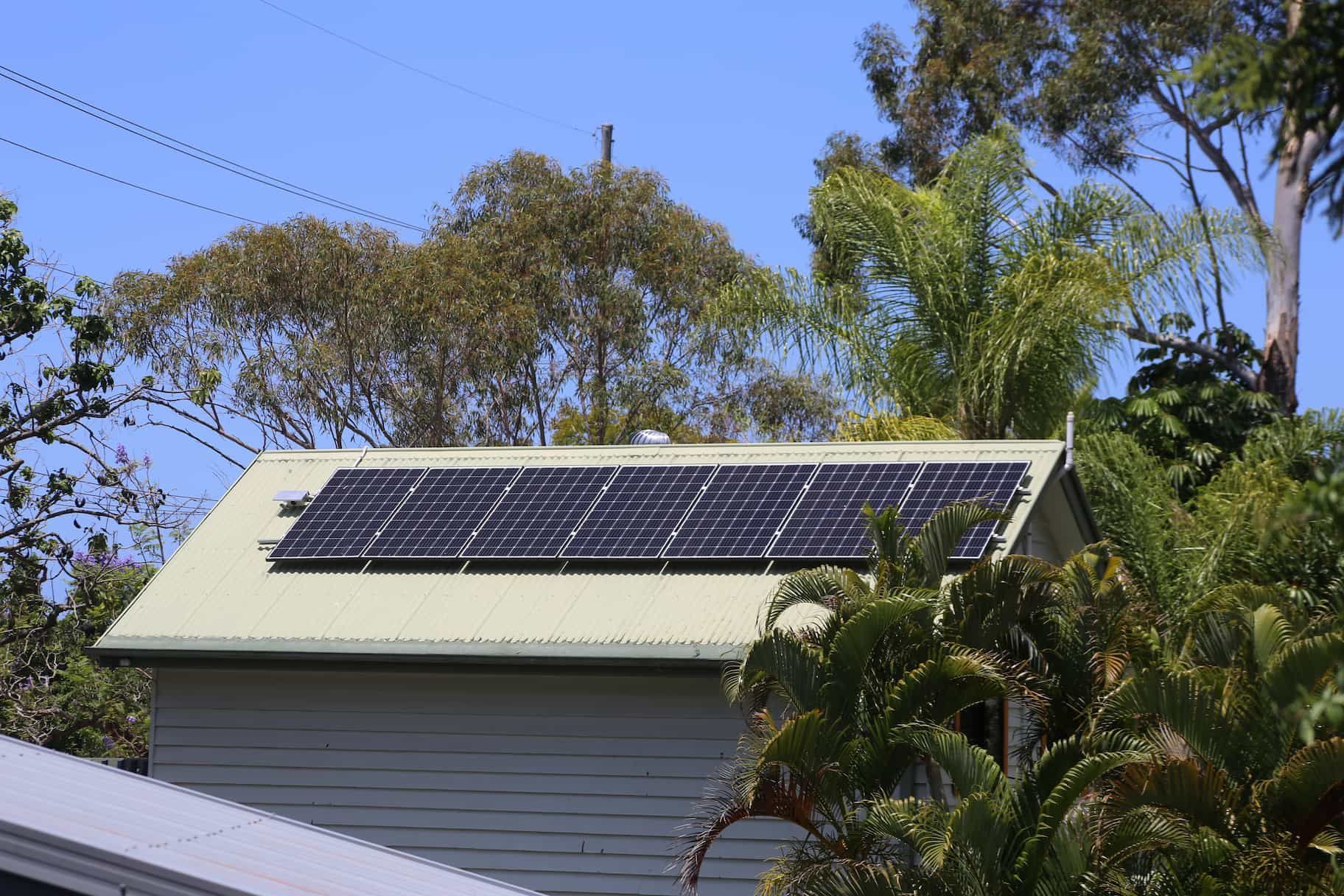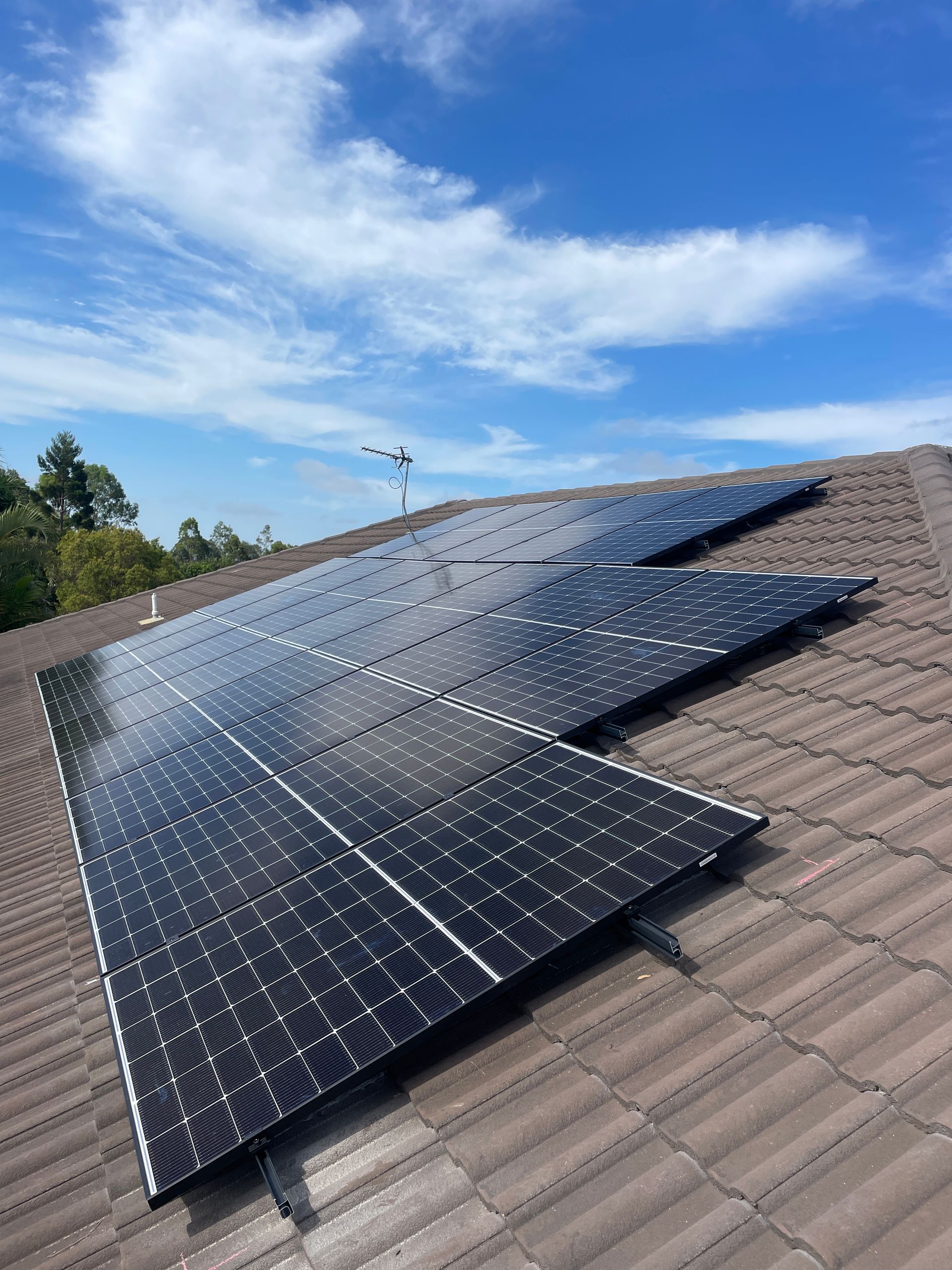How Do LED Lights Work?
Lighting technology has undergone a major shift over the past few decades. Once dominated by incandescent bulbs and fluorescent tubes, the industry changed drastically when LED lights were introduced. Sleek, efficient and long-lasting LED lights have transformed how Australians illuminate their homes and businesses.
But how exactly do they work and why are they so popular? In this article, we’ll explore the mechanics, advantages and different types of LED lights.
What Are LED Lights?
LED stands for Light Emitting Diode. Unlike traditional incandescent bulbs or CFLs (Compact Fluorescent Lamps), LEDs are solid-state lights. This means they don't use a filament or gas to produce light. Instead, they rely on semiconductors. The light we observe is a direct result of electrons moving within this semiconductor structure. Due to their solid-state nature, they're robust and outlast other alternatives.
How do they work?
At the heart of an LED is a semiconductor diode. This diode has two regions separated by a junction: the P-region (positive charges) and the N-region (negative charges). When electricity flows through, electrons from the N-region move towards the P-region. As these electrons fill up vacant spaces, they release photons, producing visible light.
Are There Different Types of LED Lighting?
Yes, there is an extensive range of LED types that are used for a variety of applications. A few of the more common types include:
- White LEDs: Perfect for general-purpose lighting
- RGB LEDs: Combine Red, Green and Blue diodes for mood lighting or displays
- OLEDs: Organic LEDs are best for flexible displays
- COB LEDs: Known for high intensity, ideal for spotlighting
Are LED Lights More Energy-Efficient?
Yes. Traditional bulbs convert only 10% of their energy to light, with the remainder becoming heat. LEDs convert nearly 90% of their energy directly into light.
How Long Do LED Lights Last?
LEDs shine for an impressive 25,000 hours or more, outlasting traditional bulbs that last around 1,000 hours. Some high-quality LEDs can even stretch up to 50,000 hours.
Why Do LED Lights Last Longer Than Traditional Bulbs?
LED lights boast remarkable longevity due to several factors. Unlike traditional bulbs, they lack a breakable filament and efficiently convert energy to light, minimising wear. Their design incorporates heat sinks that prevent overheating. LEDs also resist shocks and frequent on/off cycles, which further enhances their durability.
Are LED Lights Cheaper?
While LED lights have a higher upfront cost compared to traditional bulbs, they offer significant long-term savings. Consuming less energy, they reduce electricity bills and their extended lifespan means fewer replacements. Over time, the initial investment is offset by these benefits, making LEDs a cost-effective choice in the long run.
What's the Difference Between LED Lights and Standard Light Bulbs?
While serving the same primary function, LED lighting and traditional bulbs have distinct differences:
Energy Efficiency: LED lights are superior in energy efficiency. While traditional incandescent bulbs waste a significant amount of their energy as heat, LEDs convert most of their energy directly into light, resulting in lower energy consumption.
Lifespan: LEDs often have a life expectancy ranging from 25,000 to 50,000 hours, much longer than the average 1,000 to 2,000 hours of incandescent bulbs.
Brightness & Colour: LEDs provide a broader spectrum of colour temperatures, from warm yellows to cool whites. They can also be dimmed and adjusted to suit various ambiences, something traditional bulbs struggle with.
Immediate Illumination: LEDs light up to their full brightness almost instantly, unlike some energy-saving bulbs that need time to warm up.
Switch Resistance: LEDs can handle frequent on/off cycles without degrading their lifespan, unlike incandescent bulbs which can wear out faster with frequent switching.
Adaptability: LEDs come in a variety of shapes, sizes and designs, making them adaptable for diverse settings, from decorative to functional.
Are LED Lights Hard to Install?
The installation process for LED lights is very similar to traditional bulbs, making it a familiar task for many homeowners. Many LED lights are designed to seamlessly fit into standard sockets. If you're merely replacing an old bulb with an LED equivalent, the process is often as simple as unscrewing the old one and screwing in the new one.
However, there are instances, especially with more specialised LED setups or integrated lighting systems, where installation can be more complex. In such cases, understanding the manufacturer's guidelines or consulting with an electrician can ensure a smooth installation.
Can Anyone Install LED Lights?
Installing basic LED bulbs is straightforward and doesn't require any special skills. Most homeowners find it easy to replace standard screw-in bulbs with their LED counterparts. However, when it comes to more intricate fixtures or setups, like integrated lighting systems or certain outdoor installations, the process can be a bit more involved.
It's during these instances that seeking assistance from a trusted electrician or lighting professional will make the process easier. Their expertise ensures not only a proper installation but also the safety and optimum performance of the LED lights.
What Are the Benefits of LED Lights?
Besides what has already been mentioned, LED lights come with an array of benefits, including:
Eco-friendly: No hazardous materials like in CFLs.
Durability: Resistant to shocks and external impacts.
Flexibility in Design: They can be moulded into any shape for efficient illumination.
Operational in Extreme Temperatures: Perfect for any Aussie season.
Where is the Best Place for LED Lights?
LED lights fit well in many spots around the house. They're perfect for living rooms, giving a cosy feel or brightening up kitchens for cooking. They work well in bedrooms, bathrooms and hallways too. Whether you want to light up a study desk, a backyard patio or even a garage, LEDs are the go-to choice.
LED Lights and the Environment
One of the prominent reasons Australians are adopting LED technology is its environmentally friendly nature. Not only do they consume less power, but they also help in reducing carbon footprint.
Are LED Lights Safe?
A notable benefit is the safety factor. LEDs emit almost no forward heat. In settings like kitchens or kids' rooms, where lights are within reach, LEDs are less likely to cause accidental burns.
LED Lights and Heat
Unlike traditional incandescent bulbs, which waste up to 90% of their energy as heat, LED lights are known for their incredible efficiency in converting energy into light. But that doesn't mean they don't produce any heat; they do but in much smaller amounts.
The design of LED lights incorporates heat sinks, which help manage and disperse the heat that is generated. These heat sinks pull heat away from the LED diode, preventing it from overheating and ensuring a longer lifespan. By maintaining lower temperatures, LED lights also reduce the risk of burns and fire hazards, making them a safer option for various applications.
Aesthetic Appeal with LEDs
The design flexibility of LEDs means they can fit into modern aesthetics effortlessly. Whether it’s a sleek office or a cosy home, LEDs can enhance the overall appearance, contributing to mood and ambience. They also offer excellent colour rendering, meaning the colours of objects under LED lighting appear more vibrant.
LEDs in Residential Settings
LEDs have taken over the domestic lighting scene, thanks to their endless benefits. Here are some ways they're transforming our homes:
Ambient Lighting:
LED downlights and pendant lights offer adjustable brightness and colour temperature, perfect for setting moods in living rooms and bedrooms.
Task Lighting: Under-cabinet LED strips or spotlights in kitchens ensure tasks like cooking and reading are well-illuminated.
Outdoor: With LED floodlights and path lights, gardens and driveways are both safe and aesthetically pleasing.
Decorative: LED fairy lights and colour-changing bulbs can transform any space into an ethereal escape.
LEDs in Commercial Settings
In commercial spaces, the demands on lighting are different – it has to be both functional and cost-effective. A few commercial examples include:
Offices: LED panel lights offer uniform brightness, reducing eye strain and increasing productivity.
Retail: Track LEDs highlight products, while adjustable ambient lighting enhances the shopping experience.
Warehouses: High-bay LED lights ensure large spaces are adequately illuminated, ensuring safety and efficiency.
Hospitality:
Hotels and restaurants use LEDs for both functional lighting and creating atmospheres that appeal to guests.
Appliances That Use LEDs
LEDs go beyond just residential lighting. They've become an integral part of many everyday appliances:
Televisions:
Modern TVs, especially OLEDs and QLEDs, rely on LEDs for clearer, brighter displays.
Computers & Laptops: Backlit LED screens make for sharper images and better colour reproduction.
Refrigerators: LED lights inside fridges offer better illumination while consuming less energy.
Washing Machines: Indicator LEDs inform users about cycle stages and other notifications.
Microwaves & Ovens: Digital LED displays enhance user-friendliness.
Traffic Lights: LEDs ensure brightness and longevity, significantly reducing maintenance costs.
Cars: From headlights to indicators, LEDs are now standard in most modern vehicles, offering better visibility and energy efficiency.
The Future of LED Lights in Australia
Australia is increasingly adopting sustainable solutions, and LED lights are leading the way in this transition. As technology continues to evolve, the prominence of LEDs in the lighting sector grows, highlighting their efficiency and long-lasting nature.
Conclusion
In conclusion, LED lights are not just a temporary trend but a reflection of a broader move towards energy efficiency and sustainability. For those considering a switch to LED or seeking expert guidance, get in touch with JL Electrical Solutions on the Gold Coast.
Written By Josh Lys
Since 2015, Josh has helped Gold Coast locals with their residential, commercial and industrial electrical needs. From installing power points to cleaning air conditioners and helping customers harness the benefits of solar, Josh has extensive experience installing, repairing and maintaining even the most complex electrical systems and is fully licensed and insured.
Don't let a minor electrical issue become major. Call Josh today!
Site Links
Electrical
Air
Solar
Safety & Compliance
Contact
Open 24/7
Social
Licenses
- Electrical 91106
- Air Conditioning 1127358
- Solar A2833029
- ABN 23763195628





